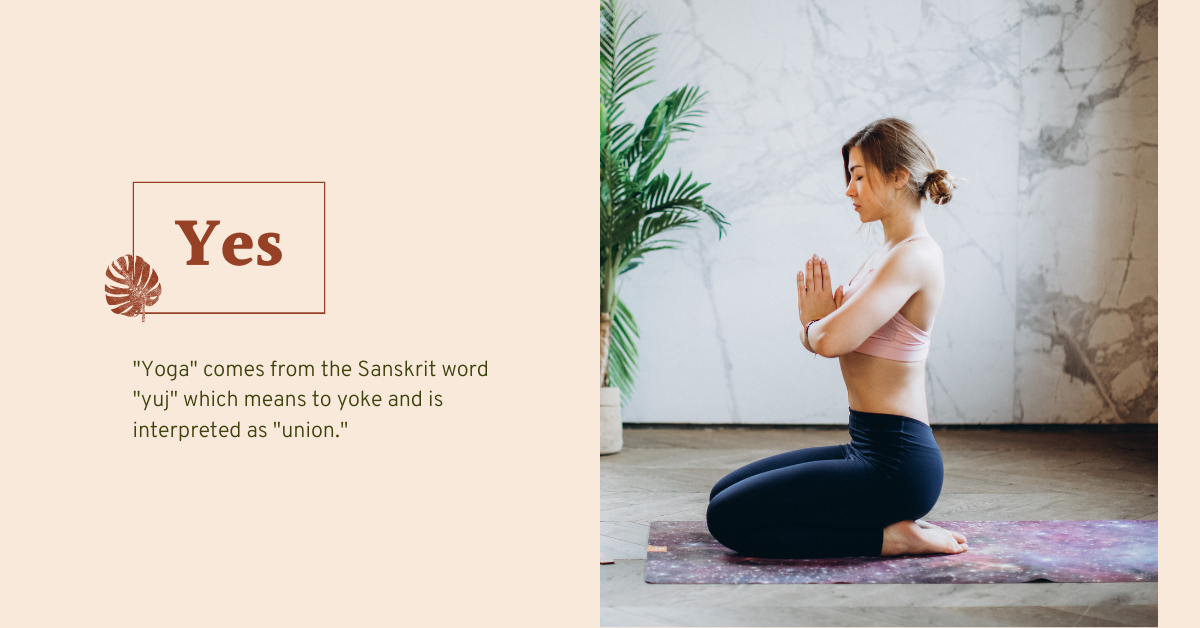The Essence of Pranayama:
Pranayama, often referred to as the "science of breath," is a profound yogic practice that delves into the intricate relationship between the breath, mind, and spirit. The term Pranayama, as we explored earlier, consists of "Prana," the life force that sustains us, and "Ayama," the extension or control of this vital energy. By consciously manipulating the breath, we tap into the reservoir of Prana within us, directing it to various parts of the body and the mind. This practice harmonizes our energies, leading to physical, mental, and emotional equilibrium.
The Deeper Meaning and Significance:
Pranayama is not merely about inhaling and exhaling; it is about cultivating an intimate connection with the breath. The breath is a powerful tool that bridges the gap between the conscious and subconscious realms of our being. As we breathe, we influence the autonomic nervous system, which in turn affects our stress levels, heart rate, digestion, and overall state of mind. The practice of Pranayama allows us to harness this inherent power and consciously guide it towards health and healing.
At its core, Pranayama acknowledges the notion that our breath is a reflection of our emotional states. When we are anxious, our breath becomes shallow and rapid; when we are calm, it becomes slow and deep. By mastering the breath, we gain the ability to modulate our emotional responses. This skill becomes particularly valuable in the face of challenges, allowing us to respond rather than react impulsively.

Embarking on a Journey through Pranayama Techniques:
The diverse array of Pranayama techniques is a testament to the versatility of this practice. Let's delve further into some prominent forms:
1. Nadi Shodhana:
The act of alternating between nostrils balances the Ida and Pingala nadis, the energy channels associated with the lunar and solar energies. This creates a state of equilibrium, fostering mental clarity and heightened awareness.
2. Ujjayi Pranayama:
The characteristic ocean-like sound produced during Ujjayi breathing not only helps regulate the breath but also serves as an anchor for meditation. This technique is particularly useful for quieting the mind and maintaining a focused presence. While practicing it the pupils often feel a sense of calmness washing over them as the white noise created blocks out inner thoughts.
3. Bhastrika Pranayama:
By generating heat and energy within the body, Bhastrika invigorates both the physical and subtle aspects of our being. It is a powerful practice for awakening dormant energies and promoting vitality.
4. Sheetali Pranayama:
Drawing in air through the rolled tongue or pursed lips induces a cooling effect, making it an ideal practice during hot climates or moments of emotional heat. It soothes the nervous system, curbing stress and irritability.
Unlocking Health and Fulfillment through Pranayama:
The application of Pranayama extends well beyond the mat, transforming daily life into a canvas for holistic wellness. Here's a more in-depth guide to practicing Pranayama for lasting benefits:
1. Breath Awareness:
Before engaging in any specific technique, begin by simply observing your natural breath. This mindful observation prepares you to connect with the breath more consciously.
2. Technique Selection:
Depending on your intention for the practice—be it relaxation, energy enhancement, or mental focus—choose a Pranayama technique that aligns with your desired outcome.
3. Creating a Routine:
Dedicate a consistent time each day to your Pranayama practice. Whether it's the tranquility of early mornings or the serenity before bedtime, consistency is key to reaping the rewards.
4. Sacred Space:
Practice in a clean, quiet space where you can fully immerse yourself. This environment fosters a sense of tranquility and minimizes distractions. Now remember this is just a recommendation and do not let this be an excuse or a indrance to your practice.
5. Listening to Your Body:
Pranayama should never be forced. If you feel light-headed, dizzy, or uncomfortable during practice, return to your normal breath and resume the technique when you feel ready.
Conclusion:
Pranayama, an intricate tapestry woven from the threads of ancient wisdom and modern understanding, invites us to explore the intricate relationship between breath, body, and consciousness. By engaging in the practice of Pranayama, we embark on a journey to discover the power of breath as a tool for inner transformation. As we master the art of conscious breathing, we unlock the door to profound physical health, mental clarity, and emotional balance. In a world that often rushes past, Pranayama reminds us to pause, breathe, and align with the rhythm of life itself.
To know more about pranayama and yoga, stay tuned and we will share more useful content.

